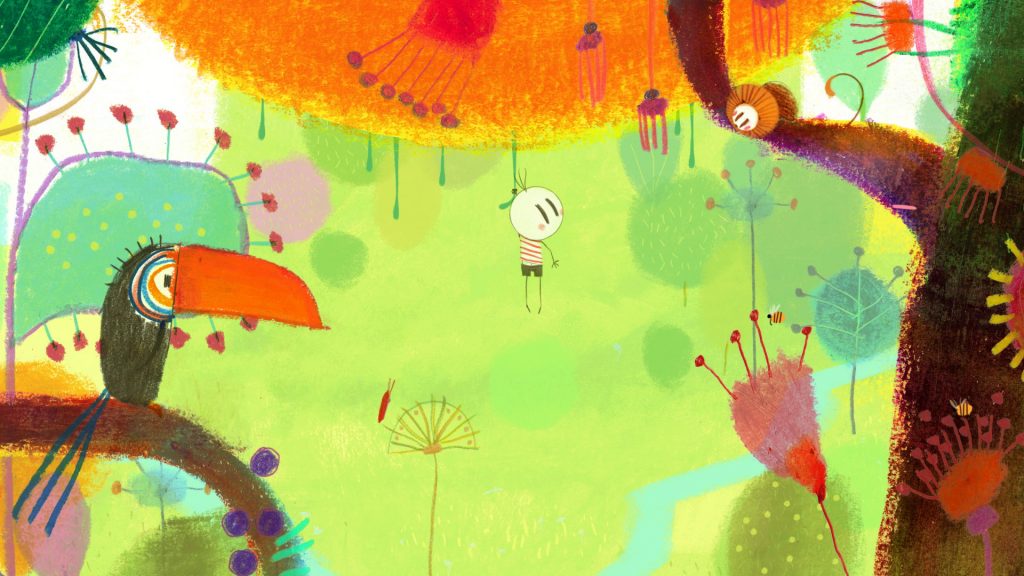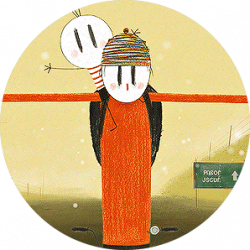This week we’ve been working on rendering and compositing. My task was to set up the camera in the base scene we had created and match it with the camera we had shot. I did this by putting in two standard models of similar proportions to our actors, then importing a frame into the camera and matching it so that we could match the footage we had shot relatively accurately.
If it’s a pure effect shot, I use Maya’s playblast to shoot the screen first and then give the director confirmation of the motion picture before rendering the start and end frames, which minimises rendering time.

The Last Ai
Video link:
Reflection:
Overall, I think our project was very good, despite the many difficulties encountered during the production process. The biggest challenge for me was working with the director. Filmmaking and animation are completely different workflows. During the filmmaking, the director can shoot a lot of material for post-production editing, but not animation, where you have to do all the pre-production work and decide on every shot before you start. As none of us had any experience of making special effects films, we did a lot of useless work, including reworking scenes and key shots. With this experience, I will make sure to prepare well in advance for future projects. Secondly, I also found a serious problem in the final rendering process, which is the naming of the shots, as in a film project a shot is named as a unit, which may be used several times in the finished film. However, in an animation project, we name the shots as a unit according to the one shot of the finished film. This leads to confusion in the files, but it’s a good thing we didn’t have too many shots for this project, otherwise, it would have caused a lot of trouble.
I feel a sense of achievement when I finish a project and see the finished product. Maybe that’s why I chose animation as my major, to keep the love of it alive through the process of trial and error.

